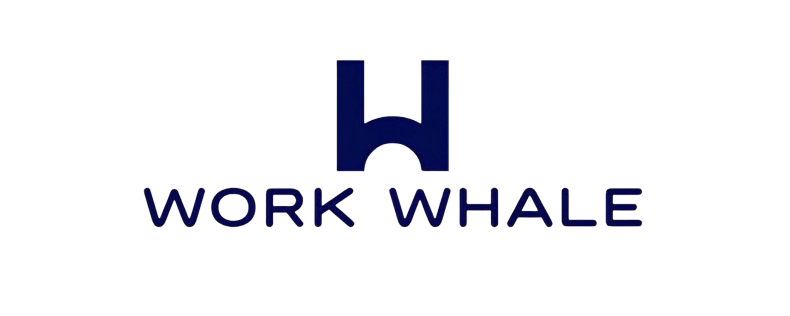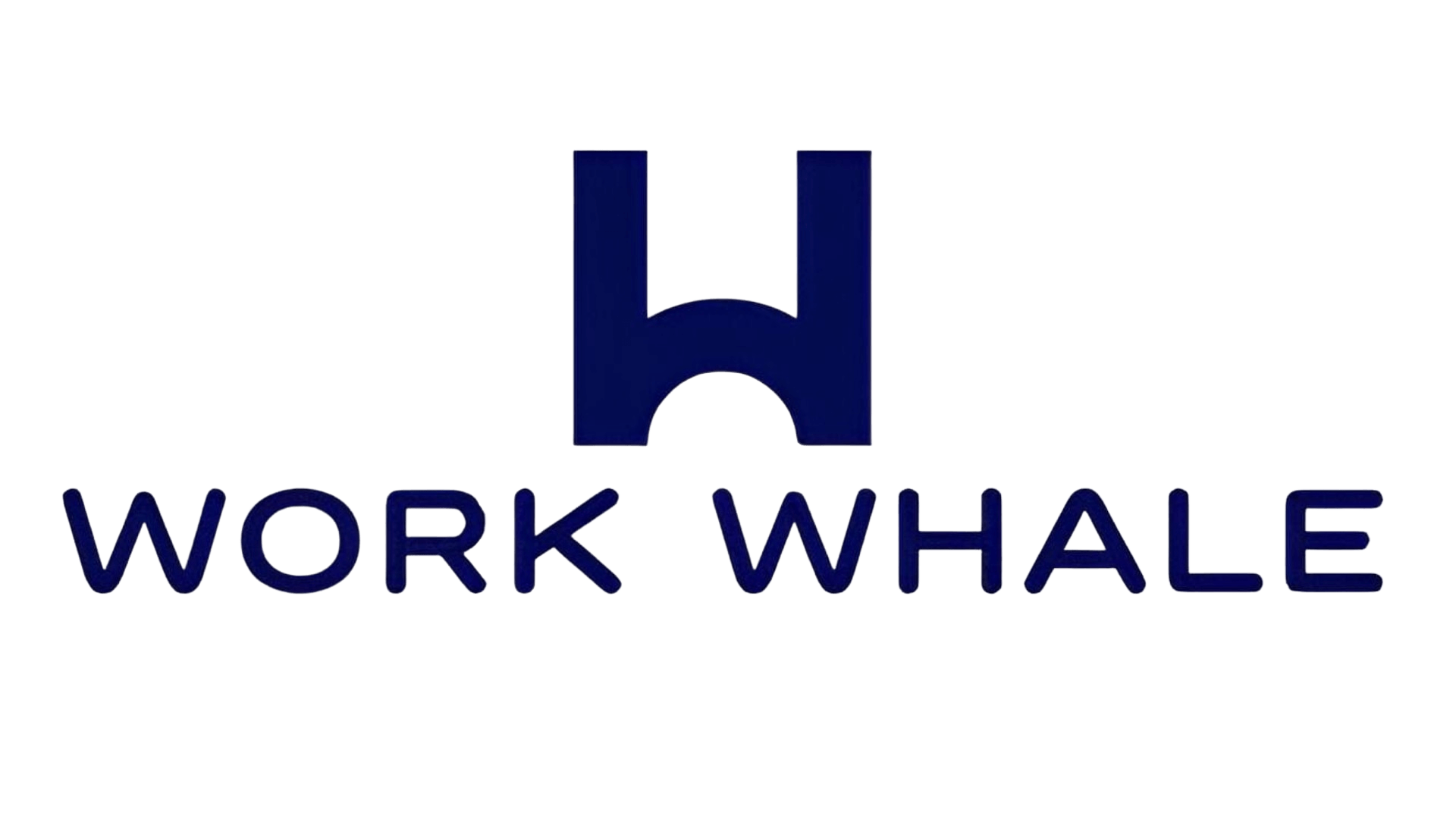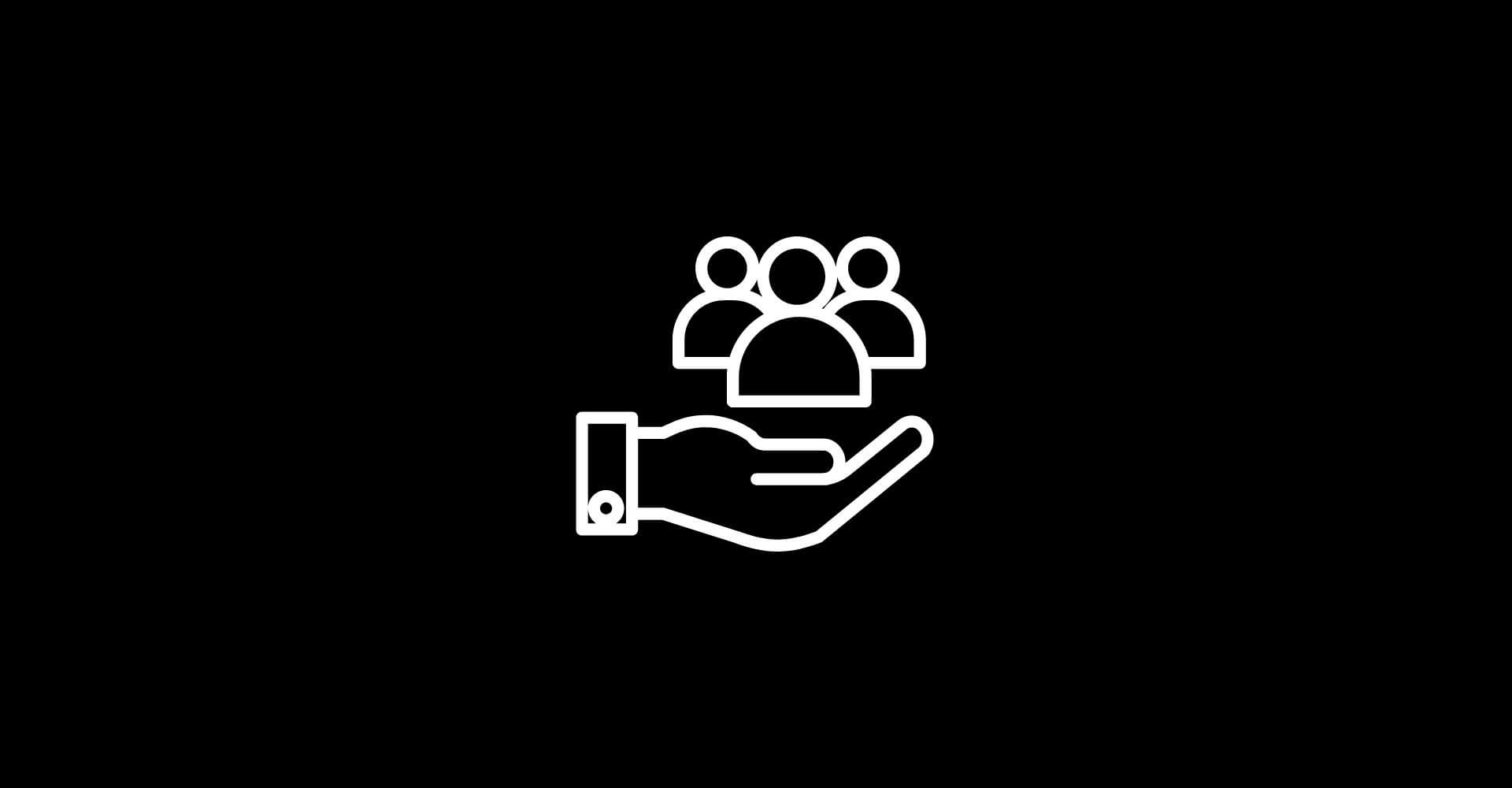In the realm of project management, success often hinges on the ability to seamlessly integrate various components, processes, and stakeholders. This is where Project Integration Management comes into play. This comprehensive guide will provide an in-depth exploration of Project Integration Management, its significance, processes, and best practices for achieving project success.
Understanding Project Integration Management:
Definition:
Project Integration Management is a core discipline within project management that involves coordinating and consolidating all project elements. It aims to ensure that various components work harmoniously towards the achievement of project objectives, aligning with the overall organizational goals.
Key Components of Project Integration Management:
Project Charter:
Develop a project charter that outlines the project’s objectives, scope, stakeholders, and overall strategy. This document serves as the foundation for project integration.
Project Management Plan:
Create a comprehensive project management plan that details how various project elements will be coordinated, executed, and controlled. The plan should address scope, schedule, cost, quality, risk, communication, and procurement.
Change Control:
Establish a robust change control process to manage alterations to the project scope, schedule, or resources. This ensures that changes are evaluated, approved, and integrated smoothly without disrupting the project’s flow.
Processes of Project Integration Management:
1. Develop Project Charter:
During this initial phase, the project charter is created. It involves defining the project, its purpose, and obtaining authorization to proceed.
2. Develop Project Management Plan:
Develop a comprehensive project management plan that outlines how the project will be executed, monitored, and controlled.
3. Direct and Manage Project Work:
This process involves executing the project management plan and directing team members and resources to achieve project objectives.
4. Monitor and Control Project Work:
Continuously monitor and control project work to ensure that it aligns with the project management plan. Identify and address issues promptly to prevent deviations.
5. Perform Integrated Change Control:
Evaluate and approve/reject proposed changes to the project. Ensure that changes are implemented smoothly and do not negatively impact the project’s success.
6. Close Project or Phase:
Complete all project activities, obtain customer or stakeholder acceptance, and formally close the project or project phase.
Best Practices for Project Integration Management:
Strong Leadership:
Effective project integration requires strong leadership to guide teams, make decisions, and ensure that all components align with the project’s goals.
Clear Communication:
Establish transparent communication channels to facilitate the flow of information among team members, stakeholders, and project managers.
Risk Management:
Proactively identify and manage risks to prevent potential disruptions. A well-thought-out risk management plan is crucial for project integration success.
Stakeholder Engagement:
Engage stakeholders throughout the project lifecycle to ensure their expectations are understood and managed effectively.
Continuous Monitoring:
Implement tools and processes for continuous monitoring of project progress, allowing for early detection and resolution of issues.
Conclusion:
In conclusion, Project Integration Management is the linchpin that holds all project elements together. Embracing best practices and emphasizing strong leadership and communication are essential for mastering the art of Project Integration Management and achieving project success.






